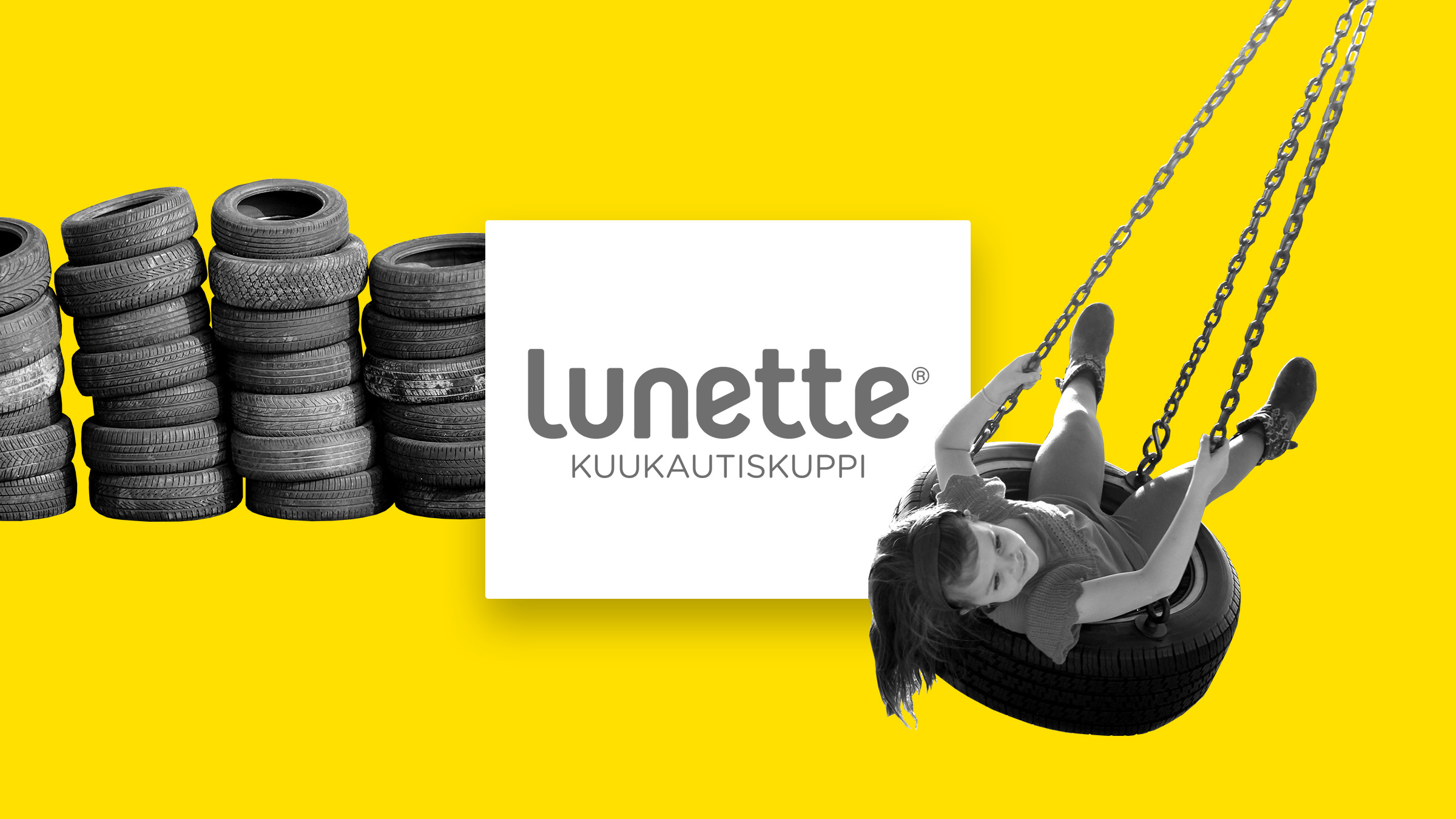Problem
A woman can use between 12,000 and 15,000 sanitary protection products during the course of her life. This equates to approximately 125 to 150 kilograms of waste. Traditional sanitary protection uses synthetic materials that degrade slowly and cotton that requires pesticides and great quantities of water to grow. In addition, buying disposable sanitary products is a regular expense for the user. Also, tampons can lead to many health problems, such as dried mucous membrane and the risk of toxic shock.
Solution: environmentally friendly sanitary protection for many years
Lune Group manufactures menstrual cups that replace disposable sanitary products. Made of medical-grade silicone, the vaginal cup collects the menstrual fluid. The cup can be washed and used again and again, and when properly maintained, it lasts for several years. It can be rinsed and reused, and will last up to five years. In theory, approximately 10 menstrual cups are sufficient to replace the lifelong need for other sanitary products. As the cup reaches the end of its life, it can be incinerated because it does not contain any extra chemicals or toxins.
Revenue model and benefits for Lune Group
Lune Group’s turnover is based on the sale of Lunette Cups and their associated cleaning products. The company produces the cups via subcontractors in Finland and sells them to retailers or directly from its online store. The operating model is light for the company as it does not require the maintenance of the company’s own physical presence in stores or of production facilities.
Benefits to customers and end users
In the Finnish market, an investment in a menstrual cup is paid back in approximately six months, if the price is compared to that of buying disposable sanitary products. It does not dry the mucous membrane and causes less irritation and abrasion than traditional sanitary products. In developing countries in particular, a menstrual cup offers a more hygienic alternative and can enable girls to attend school during their period.

Recommended
Have one more?